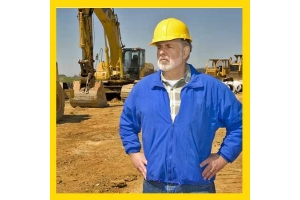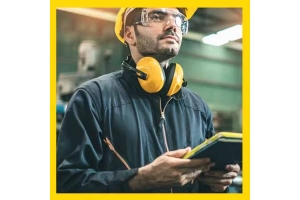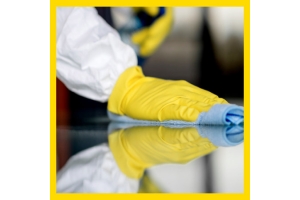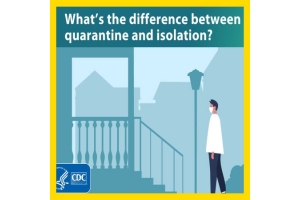Currency
-
June 27, 2018They plan to provide members, employers, and workers with information on how to properly select, use, maintain, and store PPE and safety equipment, as well as share information on developments in national consensus standards for personal protective and safety equipment.
....
OSHA and the International Safety Equipment Association have signed an alliance to provide members, employers, and workers with information on how to properly select, use, maintain, and store PPE and safety equipment. During the two-year agreement, participants will also share information on developments in national consensus standards for personal protective and safety equipment.
ISEA is a non-profit trade association representing safety manufacturers. The association has partnered with OSHA to share information on its campaigns, such as the National Stand-Down to Prevent Falls -
June 24, 2018Exhibitor applications for A+A 2019, International Trade Fair with Congress for Safety, Security and Health at Work, are now available online at www.aplusa-online.com
The deadline for reserving exhibit space at A+A 2019 is December 1, 2018. The event will be held from November 5 – 8, 2019 at the fairgrounds in Düsseldorf, Germany.
Messe Düsseldorf North America will again organize a North American Pavilion. This group exhibit provides a cost-effective means for U.S. and Canadian companies to enter into or to expand their business in the lucrative overseas marketplace. The all-inclusive pavilion turnkey rental package includes a fully furnished booth, access to an attractive lounge area with daily snack and beverage service and the on-site service of a project manager, hostesses and roaming interpreters. In addition, U.S. Commercial Service staff will be on hand in the North American Pavilion to assist with export and licensing questions. -
June 23, 20181. In this qualitative study, active failures in infectious agent transmission precaution practices were observed frequently.
2. Common failures include: failure to enter room with some or all of the recommended personal protective equipment (PPE), mistakes during donning and doffing PPE, touching ones face or other clean areas with contaminated gloves or gowns.
Evidence Rating Level: 3 (Average)
Study Rundown: Personal protective equipment (PPE) has been proved to decrease transmission of infectious agents in the hospital setting however it is not always worn or used properly putting health care workers and patients at risk. This qualitative study aimed to identify and characterize failures in transmission-based precautions, including PPE use, by health care professionals that could result in self-contamination or transmission during routine, everyday hospital care.
Overall, active failures (unsafe acts committed at the -
-
June 21, 2018Choosing the right high-visibility clothing for the job per the ANSI standard is a good first step to preventing injuries on a work site. But workers must use the garments and care for them.
-
June 20, 2018HealthDay News — Active failures frequently occur in infectious agent transmission-based precautions, including personal protective equipment (PPE) use, according to a study published online June 11 in JAMA Internal Medicine.
Sarah L. Krein, Ph.D., R.N., from the VA Ann Arbor Healthcare System in Michigan, and colleagues conducted a qualitative study involving direct observation inside and outside patient rooms in medical and/or surgical units and intensive care units at an academic medical center and Veterans Affairs hospital, as well as the emergency department of a university hospital. Through a directed content analysis, specific occurrences involving potential personnel self-contamination were identified by trained observers.
A total of 325 room observations were conducted at two sites; 79.7 percent occurred outside and 20.3 percent inside the room. The researchers -
June 20, 2018While showers and eyewashes can't prevent exposure to hazardous materials, they can certainly minimize the effects when exposure to injurious corrosive materials happens.
-
June 18, 2018Flame-resistant PPE is the final layer of defense in combating arc flash hazard.
-
June 17, 2018Falls are no laughing matter. Here are six suggestions on how to ensure your workers are protected from falling down on the job.
-
June 16, 2018Isolated & Depressed









